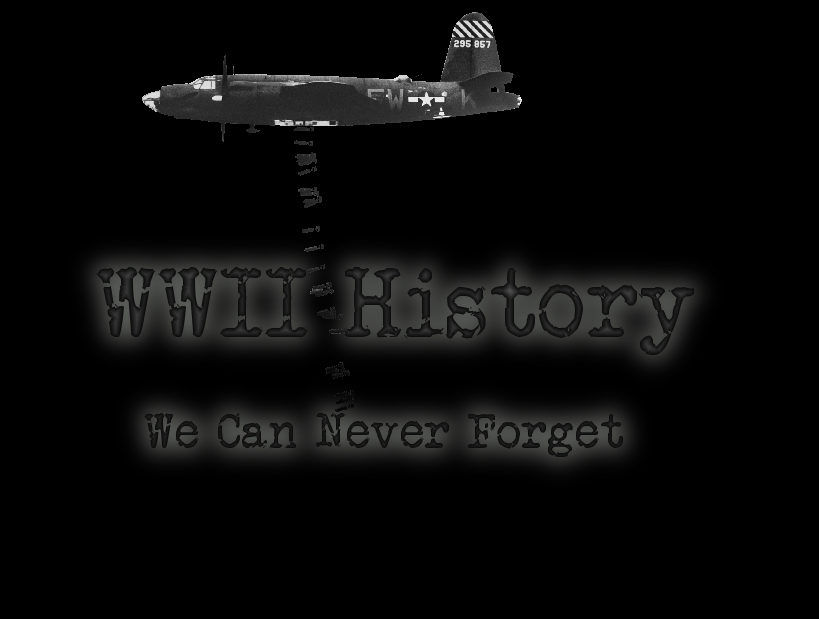Battle of Calais
The Battle of Calais started after the Germans had split the Allied armies in half at Sedan on May 14th and 15th, 1940. From there, the British had been cut off from their supplies. Eight days later, the Battle of Calais had begun. Dunkirk, Boulogne, and Calais had become vitally important. So, British troops were sent to Calais to establish a new line to the BEF, who were still fighting around Lille and Arras.
The defense of Calais would be carried out by Calais Force. This force contained one battalion each from the King’s Royal Rifle Corps (60th Rifles), the Queen Victoria Rifles and the Rifle Brigade, the 229th anti-tank battery of the Royal Artillery and a battalion from the Royal Tank Regiment, equipped with 21 light and 27 cruiser forces.
Under the command of Brigadier Claude Nicholson, they would be aided by a Searchlight Regiment as well as an anti-aircraft regiment. Additionally, some 800 French soldiers helped to defend the citadel. In all, this gave Nicholson a total of 4,000 men.
The Germans reached the coast on May 20th, then stopped for a day. On the 22nd, they continued their drive north. The 10th Panzer Division was given the responsibility of taking Calais and the 1st Panzer Division of driving on towards Dunkirk, but of stopping to capture Calais on their way. Both divisions were at “full strength,” meaning that each division had roughly 15,000 men and 300 tanks.
At the time, Calais had a border of “bastions and ramparts” (Source). However, Nicholson realized that even this wouldn’t help him hold the perimeter for very long. So, he made the decision to move further north, along an inner perimeter. This line was protected by water lines, in the canals, as well as in the docks.
By midmorning on May 23rd, the Germans tanks had begun rolling into Calais from the south west. Later that morning, three more squadrons of tanks, these under the command of Lt. Col. Keller, left Calais for Omer, some twenty minutes south east. Five miles south of Calais, at Guines, they ran into the German tanks. A short battle followed.
[Below: Calais in ruins]
The British tanks eventually retreated back north to Coquelles, which was south west of Calais. However, the Germans had also been repulsed. I Panzer Division continued on, leaving the X Panzer Division to defend Calais. At Calais, itself, the King’s Royal Rifle Corps (60th Rifles) saw battle with the Rifle Brigade on the dunes east of Calais.
At 2 a.m. the next morning, on the way to Dunkirk, Brigadier Nicholson’s tanks met the Rifle Brigade. Unfortunately, the British were forced to retreat back to Calais. By 6 that evening, the Germans had also broken through the British outer perimeter at Calais, forcing Nicholson to move his headquarters back from “Boulevard Léon Gambetta to the Gare Maritime, on the waterfront” (Source).
The Royal Navy was able to provide artillery defense with the help of the Polish warship, Burza. Later, HMS Wolfhound and HMS Verity were able to bring in supplies, ammunition, and Admiral J. F. Somerville. However, the battle also saw the sinking of HMS Wessex as well as heavy damage to HMS Vimiera and the Polish Burza. But the Royal Navy had to keep up the good fight, for it meant they were giving the BEF the extra time they needed to reach Dunkirk safely.
On the morning of the 25th, the X Panzer division attacked the inner perimeter. At 9 that evening, Prime Minister Churchill sent a communiqué:
“Every hour you continue to exist is of the greatest help to the BEF. Government has therefore decided you must continue to fight. Have greatest possible admiration for your splendid stand. Evacuation will not (repeat not) take place, and craft required for above purpose are to return to Dover” (Source).
That night, a small flotilla of ships began rescuing the survivors of the Royal Marine.
Fighting continued most of the next day with yet another German attack. They were able to gradually push the British back. Later, the French surrendered. Around 11 am, “Bastion 11 was forced to surrender with barely a man unwounded” (Source). Their defenses were beginning to collapse. But the British refused to give in. They were pushed back as far as Courgain, where they held on until 9 that evening.
Shortly thereafter, soldiers were rounded up. Many of them would be in captivity of five years. Nicholson died in captivity in 1943. Overall, some 20,000 men were taken prisoner, some 3,000-4,000 of them being British. The rest were French, Belgian, and Dutch.
[Below: Captured British forces]


